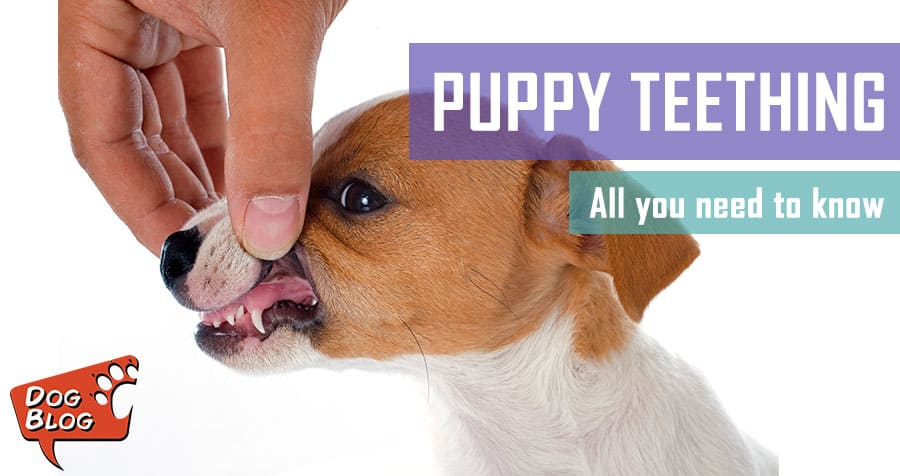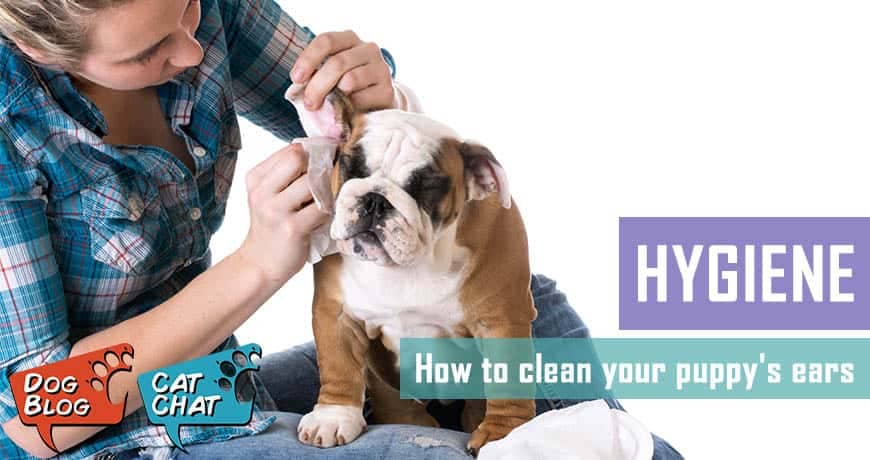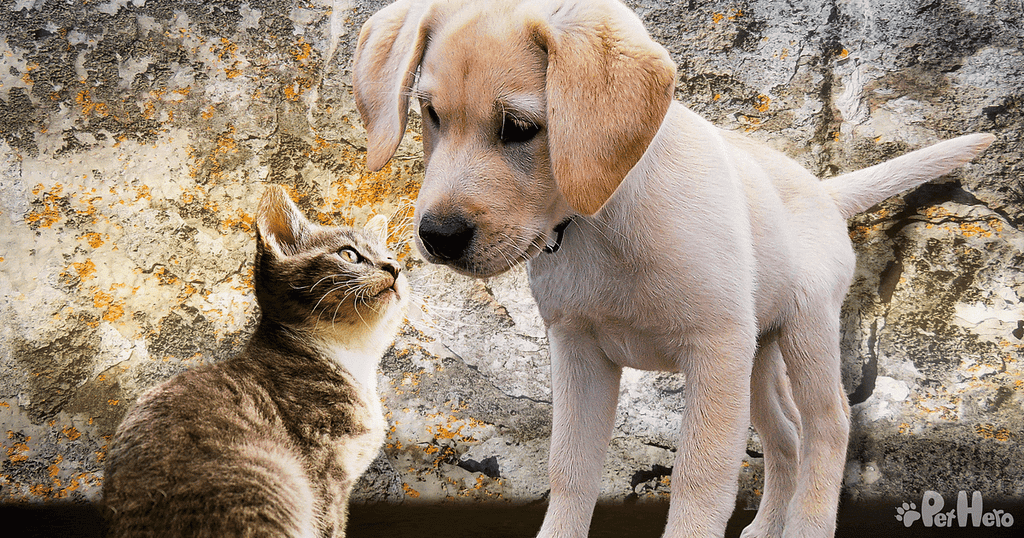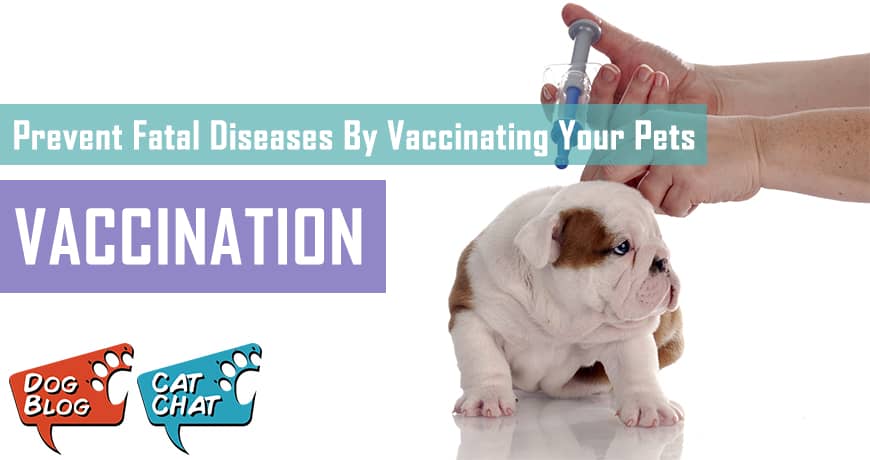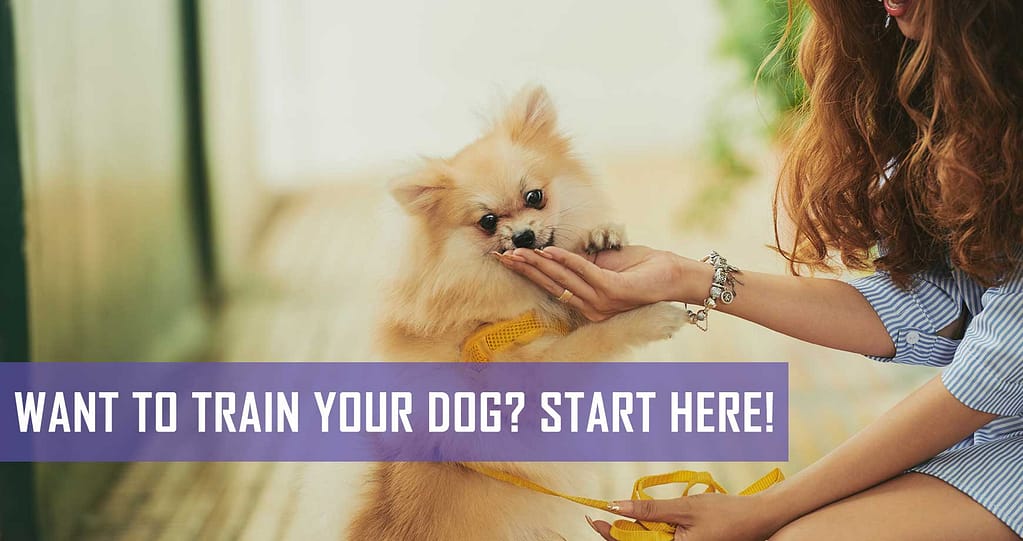1How to handle a teething puppy
Depending on your puppy’s breed, teething will begins at between 10 and 12 days old. Then the small, sharp milk teeth will begin to be pushed out by the larger adult teeth. With this developmental stage comes a new set of challenges: this is the puppy equivalent of the ‘terrible two’s’ – staircase bannisters, window sills, house plants, leashes, furniture legs, shoes and socks are all fair game to the teething puppy that does not yet know its boundaries. If she can get her mouth around it, it’s going to be fun to destroy!
How long do puppies teethe for?
Puppies begin teething between three to six weeks of age. Permanent teeth start erupting from three months of age. The eruption of permanent teeth is usually complete by six months of age. The roots of deciduous teeth are thinner and longer. Sometimes these roots can fracture leaving the pulp exposed and at risk of infection and necrosis. If you see anything amiss in your puppy’s mouth, see your vet immediately.
. Once exposed to the environment the pulp can become infected and necrotic.
You will also want to check for any misalignment of the teeth. Upper and lower teeth that do not properly align can cause a ‘wry bite’. This means that the jaw has been pulled out to one side due to one tooth getting hung up on its corresponding tooth on the upper or lower jaw. In extreme cases the lower jaw is noticeably off to one side, making it very difficult for the dog to chew – if you catch it early, the tooth that is causing the misalignment can be removed, taking the pressure off the jaw, and allowing it to develop normally.
Keep in mind, as the puppy begins to teethe, the jaw is growing rapidly; the gums are inflamed from cutting new teeth, and your puppy is feeling pretty miserable in general. To help ease the pain, here are some tips and tools that have been used with success to channel a puppy’s need to chew towards appropriate objects.
Tips for when your puppy is teething:
1. Teaching “Leave it!”
It’s a good idea to begin to teach your puppy to “Leave it!” as soon as you bring her home. A good “Leave it” will prevent you from getting into a tug of war over an object that you value; leaving it in worse condition than when you first discovered it in your puppy’s mouth.
“Leave it!” is taught by playing tug of war with your puppy with a preferred toy. When you want the puppy to let go of the toy, you say “Leave it,” holding the toy with one hand, and producing a treat in the other hand. The puppy will release the toy for the treat, and you reward the puppy with the treat, saying, “Good Leave it!” Eventually, you will replace the treat with another favoured toy, alternating between a reward of favoured toy or treat until the puppy has a firm grasp of the phrase “Leave it.”
Once your puppy understands the “Leave it!” command you can use it to get your puppy to release items without having to offer treats or alternative toys.
2. Trade up
Whenever you find your puppy chewing on something inappropriate, correct her with a “no!” Then trade up by giving her a toy that you know she likes. Once she starts chewing on the correct toy, praise her.
Always try to find a way for your puppy to be “right” and deserving of praise at the end of any training session or correction. In times when a training session has not resulted in a breakthrough, end the session with a command that the puppy knows well so that it can be ended with a “good dog,” some praise and a treat.
3. Soft mouth training for your puppy
It is best to be able to put your hands in your dog’s mouth whenever you need to give her a pill or remove something from the back of her throat that you don’t want her to swallow. Teaching a soft mouth and eliminating biting at an early stage in the puppy’s development is critical. A cute nip or bite from a puppy that is tolerated can become a dangerous liability in a grown dog.
Teaching a soft mouth can be done by lying on the floor with the puppy and playing a little tug. Remove the toy and gently play with the lower jaw. It’s okay to let her gently ‘mouth’ your hand, but if she bites down hard make a sharp, high pitched “Ouch!” If she bites again, say “no”.
4. Rope toys
Rope toys are some of the best teething toys as they are inexpensive, easy to clean, versatile and last a long time. Rope toys are great for teaching fetch, tug or for solitary chewing activities. They also promote dental health by helping to clean teeth and strengthen gums. Rinse the toys with plain soap and water every few days, and freeze them while still wet for extra soothing chewing.
5. Chilled carrots are good for puppies
A cold carrot soothes the gums, tastes great and is rich in omega 6 fatty acids, vitamin A, vitamin K and potassium. Puppies love chewing on carrots and watching them disintegrate. Carrots are also high in fibre so limit your puppy to one small to medium carrot per day to avoid an upset stomach.
6. Brush your puppy’s teeth
Starting the habit of brushing your puppy’s teeth between the ages of eight and 16 weeks is critical and it will make the job easier when she is an adult. Buy toothpaste formulated for dogs. It’s usually meat flavoured so dogs love the taste. Start with a little dab of toothpaste on your finger and let your puppy taste it. Then slip your finger under her upper lip and rub the toothpaste on her teeth. When you are finished, let your puppy have a food treat. Eventually, buy a doggy toothbrush designed especially for dogs and begin brushing her teeth.
Aim to brush your dog’s teeth at least three times a week. Smaller dogs and brachycephalic breeds – dogs with flat or short, broad snouts, like pugs and bulldogs – may need more frequent brushing. Their teeth are often crowded together, which allows more plaque to accumulate and increases their risk of developing periodontal disease.
7. Regular check-ups at the vet
Regular checks at the vet are always recommended, where the vet will have a look at your puppy’s teeth and general well being.
Toys to avoid
Don’t confuse your puppy by providing him with cute toys that resemble objects that you don’t want to be destroyed, such as rubber tennis shoes with squeakers, imitation remote controls or cell phones. The following should also be avoided as they can damage the teeth: hard toys, cow hooves, nylon toys and ice cubes.
Remember that consistency is the key to all successful puppy training – the teething phase won’t last forever, but the good habits you instil now will last a lifetime!

